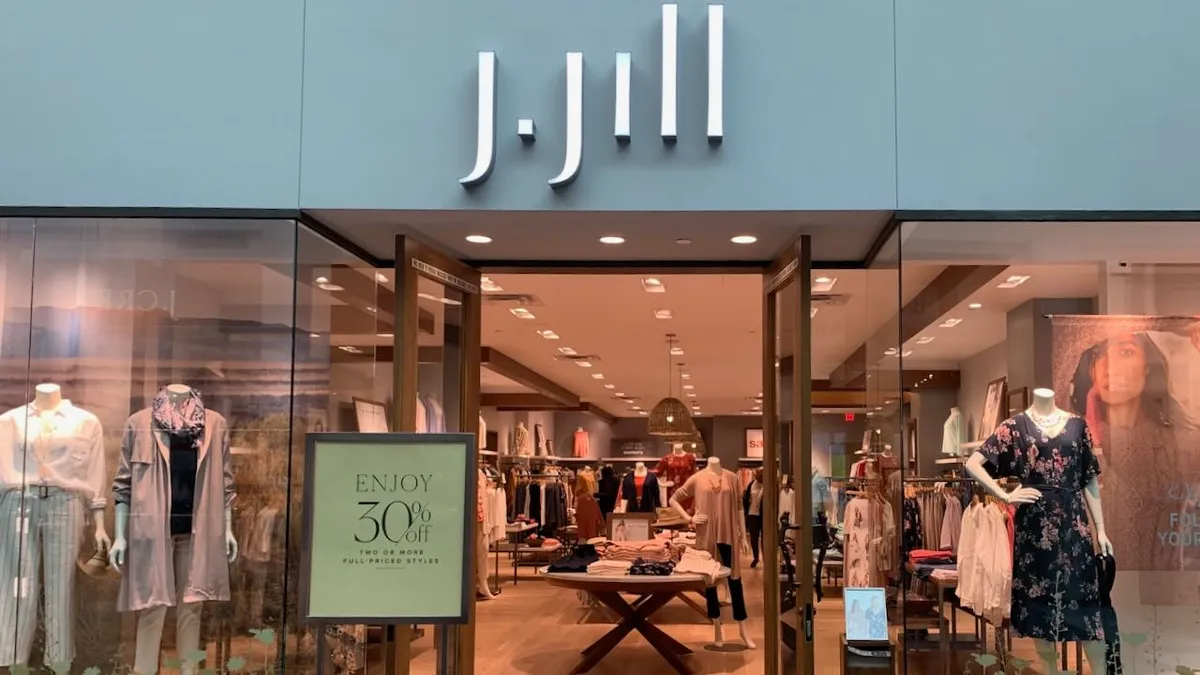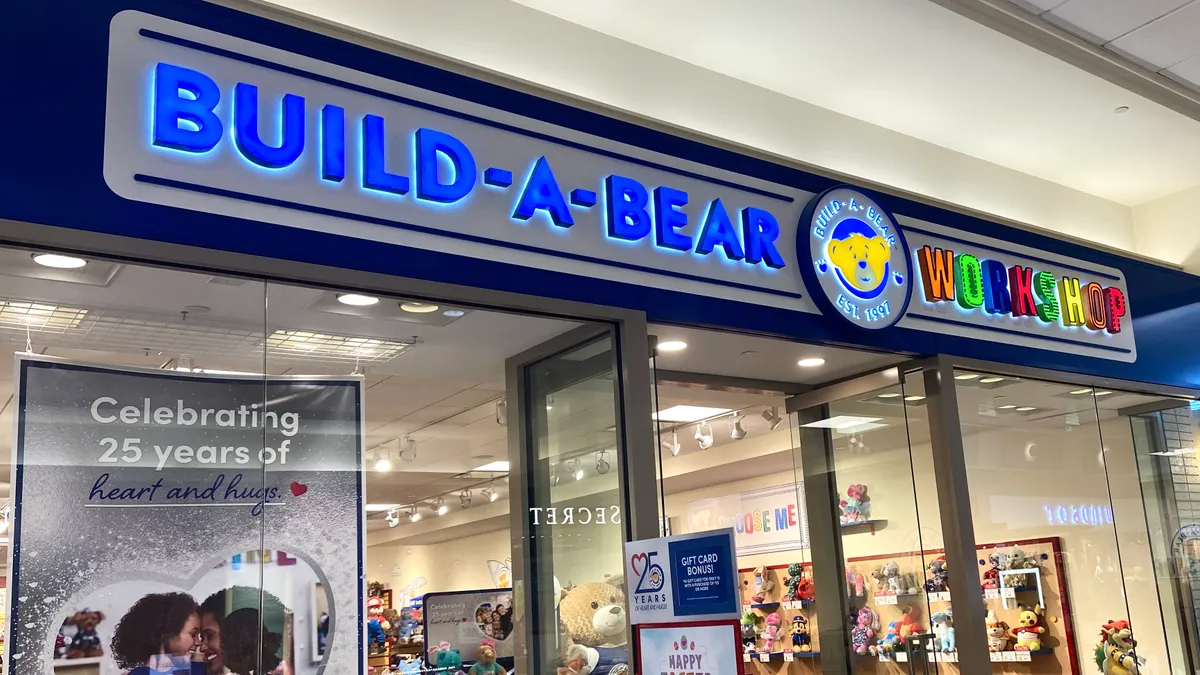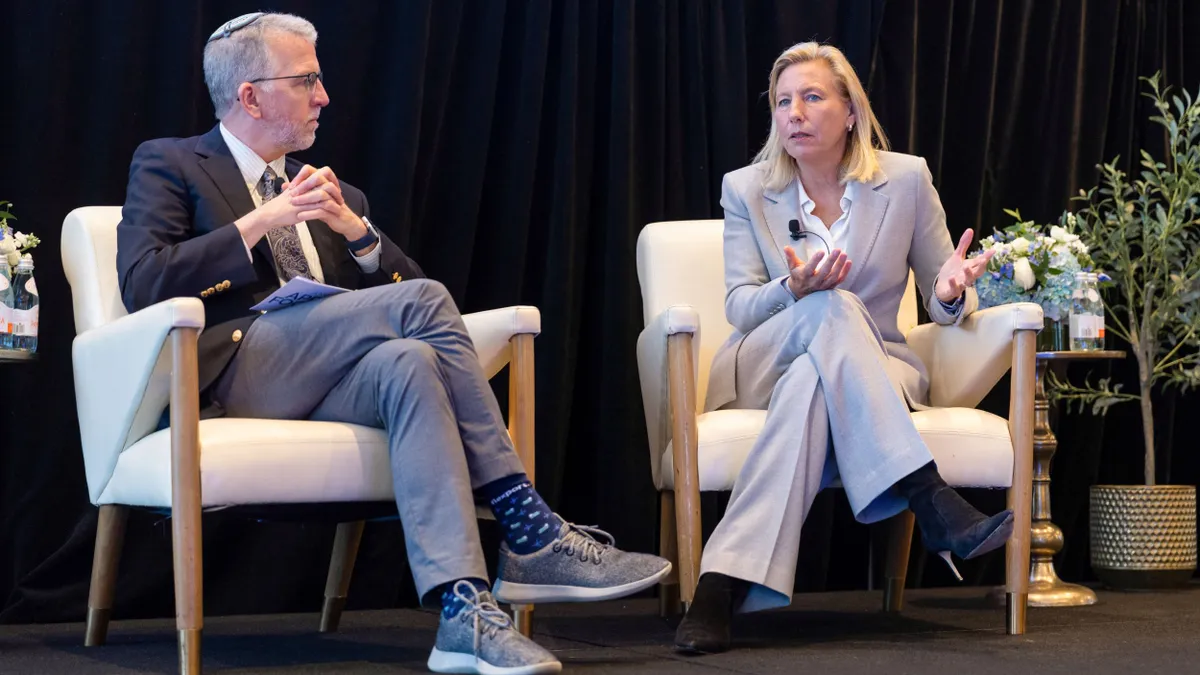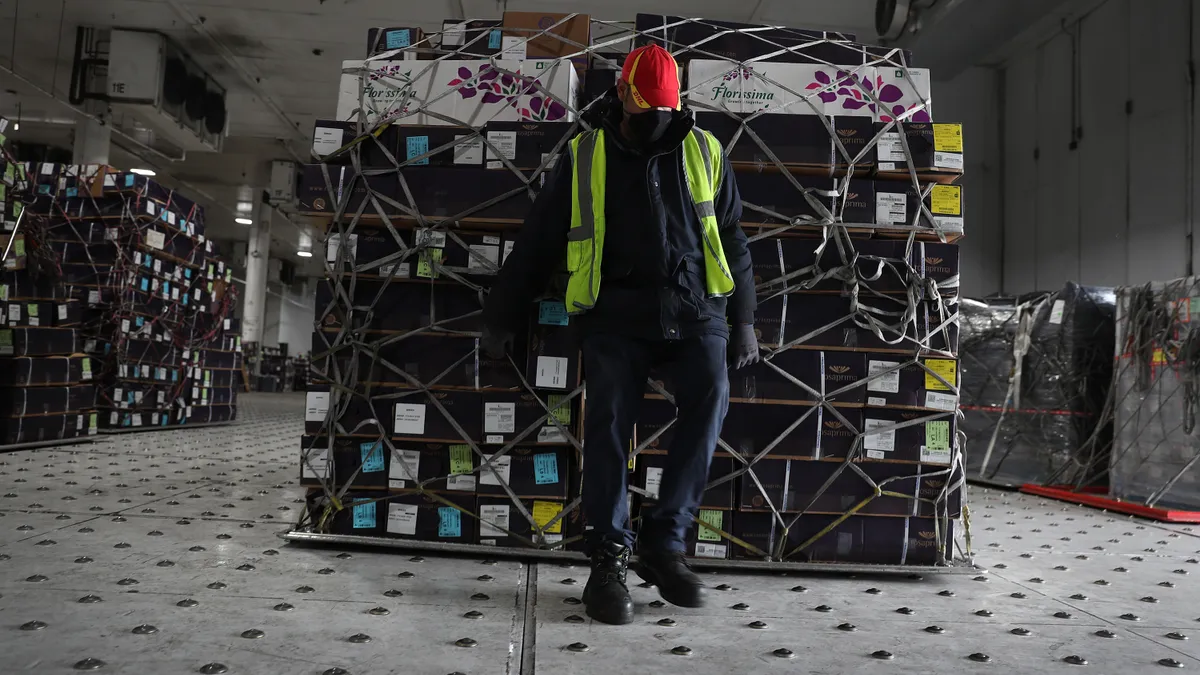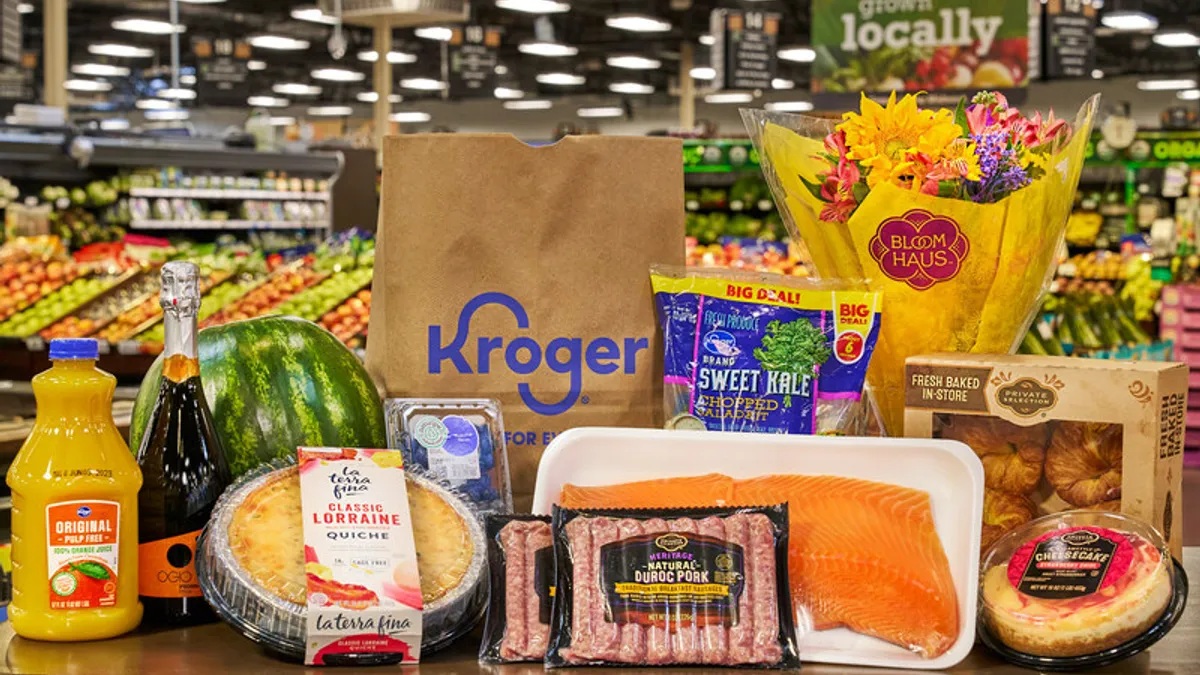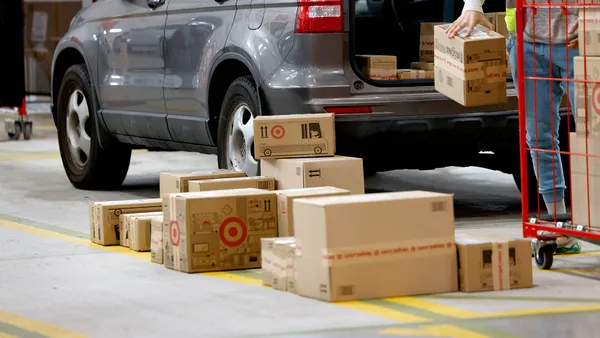This is a contributed op-ed written by Ryan Yost, VP and general manager for the printer solutions division at Avery Dennison Corporation. Opinions are the author's own.
The days of a primarily B2B supply chain may be ending. The shift to consumer-delivery models during the COVID-19 pandemic has upended supply chain operations, and in the grocery retail sector alone online sales increased 100% in March, according to Adobe Analytics.
Significant investment in technology and automation will be necessary to meet the delivery movement. With 40% of essential items now being bought online, supply chains need to evolve operations to accommodate much higher volumes in direct-to-consumer shipping, according to the Food Industry Association’s annual U.S. Grocery Shopper Trends study.
In terms of fulfillment, 18% of online grocery shoppers (including 8% doing so for the first time during the pandemic) are opting for same- or next-day delivery, according to the study, compared to 16% (including 9% of first-timers) for curbside pickup and 14% (including 7% of first-timers) for in-store pickup. Seventeen percent choose home delivery with standard shipping, and 8% subscribe for ongoing deliveries.
There are several pain points that need to be addressed along the supply chain. In a study, FMI found that 4% of respondents reported problems with online grocery shopping, namely in terms of inventory and fulfillment. Out-of-stocks issues cited by customers include paper products (43%) and preferred foods (43%). Also, 40% encountered delays after ordering goods or saw no acceptable times for home delivery (20%) or pickup (19%).
How fulfillment executives manage ongoing disruption will be a matter of the "survival of the fittest." However, new fitness metrics will focus on how well supply chains incorporate agility into lean logistics. As workforces shrink to meet cost-cutting needs, smaller staffs will be stretched by increasing consumer-delivery demands. The only means to meet these ends is technology that automates processes.
"As workforces shrink to meet cost-cutting needs, smaller staffs will be stretched by increasing consumer-delivery demands. The only means to meet these ends is technology that automates processes."

Agility in supply chain operations will be the new standard to meet the evolving needs of manufacturers, retailers and distribution centers. The first objective is to enable end-to-end inventory visibility — which will allow the entire supply chain to quickly respond to shifts in consumer demand without similar ebbs and flows in labor and resource allocation.
The total impact of consumer demand disruption has yet to be seen. Shopping habit changes during the pandemic may result in future upheavals that may compromise brand loyalty but could likely cause a streamlining of the supply chain.
According to a report from market-research firm Nielsen, cited by Food Dive, "the average number of product offerings in grocery stores declined 7.3% during the four weeks ended June 13 ... The drop came across a range of product categories, with frozen down 8.5%, deli slipping 7.7%, meat posting a decline of 7.1% and dairy falling 6.6%."
For example, some IGA grocery stores now offer only four choices of toilet paper. A few months ago, the chain’s 1,100 U.S. stores typically carried about 40 varieties.
According to the Wall Street Journal, executives at some of the most widely-known food giants have said they are trimming less-efficient and less-profitable products, while shelving some in development. PepsiCo, for example, stopped producing a fifth of its products during the COVID-19 crisis and will have 3-5% fewer products going forward than it had pre-pandemic in its Frito-Lay snacks business.
By discontinuing some less popular items that may be more complicated to produce, factories and distribution networks can become more efficient at their end of the supply chain.
Additionally, when consumers are also offered visibility into the inventory levels, they are less likely to hoard items that potentially disrupt the flow of goods. The pandemic disruption proved to supply chain executives that technology to provide end-to-end visibility throughout a global supply chain would be the best way forward.
Supply chain executives accustomed to B2B processes will swiftly learn a hard lesson, if they don’t move to automate quickly and effectively. The present pandemic is a true test of the ability to flex with new demands, especially those that will now be primarily consumer-driven.
With logistical adjustments made on the fly to meet consumer fulfillment needs, now is the time to look back, understand what went right and wrong, and adjust.
"The pandemic disruption proved to supply chain executives that technology to provide end-to-end visibility throughout a global supply chain would be the best way forward."

By giving products a digital unique identifier at the origin of the supply chain, full inventory transparency at the product-level is possible. This is vital to meet a continued increase in delivery expectations. Digitization of the goods through technologies such as RFID and barcodes provide that full transparency of inventory, at the product-level throughout every step of the supply chain.
Historically, brand logic has focused on increasing sales by offering customers endless varieties of goods that would take up more and more retail and supermarket shelf space — especially in big box-stores and warehouse clubs. However, digitization of goods will serve brands well as they continue to shrink product offerings. Flexibility to add and subtract items to meet production, distribution and sales goals may be an ongoing roller coaster.
"In looking towards the future, most consumers expect to return to their pre-pandemic levels of in-store grocery shopping and more than a fourth of consumers expect to be ordering more groceries online in the future," FMI President and CEO Leslie Sarasin said in a statement. "The food industry will continue to listen to consumers and let them guide us on how to best meet their changing household needs."
While B2B will always exist, the ebbs and flows of consumer delivery and product choices will make the fulfillment world look very different in the months and years to come. Agility needs to be the focus at every link of the supply chain.
This story was first published in our weekly newsletter, Supply Chain Dive: Operations. Sign up here.







